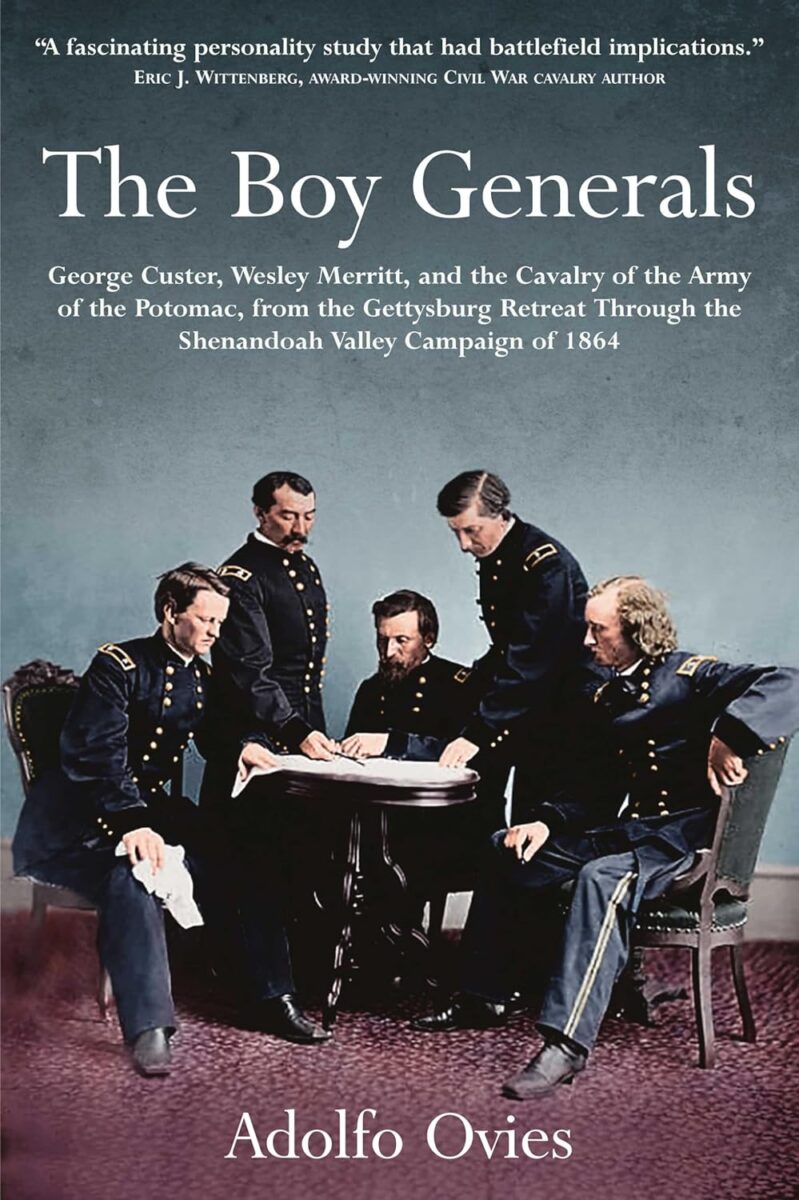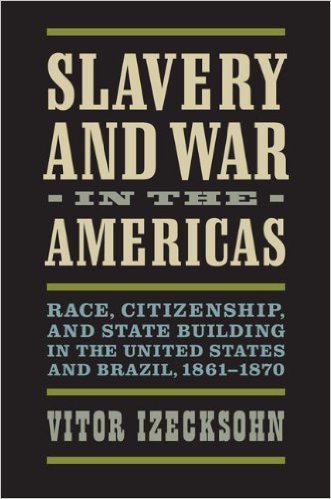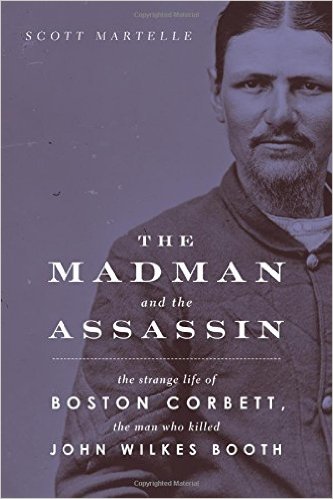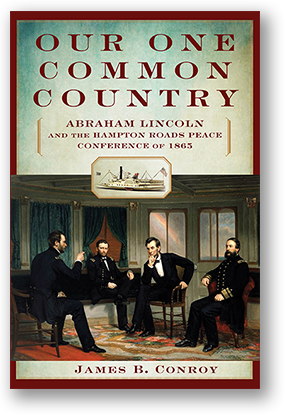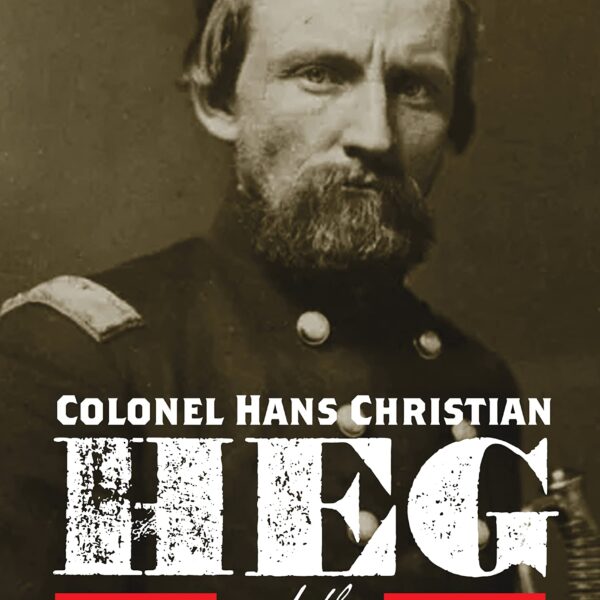Four decades after the Civil War’s end, Major Weidner H. Spera, a veteran of the 17th Pennsylvania Cavalry, fondly recalled a scene that unfolded before him in the aftermath of Union victory at the Battle of Cedar Creek. As the sun began to set on October 19, 1864, Spera witnessed four Union officers—Generals Philip H. Sheridan, Wesley Merritt, George Custer, and Colonel Thomas Devin—embrace in a group hug and then “dance around for joy.” Although a beautiful manifestation of the happiness these officers felt after the most significant battle fought in the Shenandoah Valley, the moment masked the uncomfortable reality that the relationship between two of these officers, Merritt and Custer, was strained. In this volume, the second in a trilogy about the two “boy generals,” historian Adolfo Ovies focuses on their careers from the aftermath of Gettysburg to the outset of Sheridan’s 1864 Shenandoah Campaign.
Throughout the thirteen months of Custer’s and Merritt’s lives explored in this outstanding study, Ovies meticulously traces the decisions and movements of the troopers under Merritt’s and Custer’s charge, all the while situating their commands in the broader operations of the Army of the Potomac (and later the Army of the Shenandoah).
The author’s descriptions of the ebb and flow of various engagements, whether well-known (such as the clashes at Yellow Tavern and Trevilian Station) or forgotten fights (such as Hagerstown or Guard Hill), are crisp, detailed, and packed with raw human drama. Furthermore, Ovies expertly highlights the role environmental factors and terrain played in command decisions.
Although he presents a cogent analysis of cavalry engagements in Pennsylvania, Maryland, and Virginia from the summer of 1863 to the summer of 1864, Ovies never loses sight that this book’s main goal is to highlight the differences between Merritt and Custer. Both possessed vastly dissimilar perspectives about how to use cavalry effectively. The author rightfully reveals how technological innovations altered Merritt’s thoughts about the value of employing dismounted cavalry, something Custer did not favor.
Ovies also explores Merritt’s and Custer’s drastically different viewpoints about newspaper coverage of the conflict. While Custer incessantly sought opportunities to grab headlines, a quality that Merritt abhorred, Ovies demonstrates how ironically Merritt’s dislike of the press further contributed to Custer becoming a media darling. For example, in the aftermath of the clash at Guard Hill, north of Front Royal, Virginia, in mid-August 1864, Ovies reveals how Merritt’s distaste of the press prompted a correspondent for the New York Times, E.A. Paul, to center his story around the actions of Custer’s brigade and thus detract from the heroic efforts of Merritt’s subordinates. This only further intensified the rivalry between the two.
This excellent volume also offers valuable insight into how war planners addressed the many logistical challenges cavalry confronted. The author’s discussion of the creation of the Cavalry Bureau in late July 1863 and its efforts to remedy problems is superb. Ovies’s keen analysis of how the Cavalry Bureau “quickly” transformed “into a cesspool of corruption and inefficiency” is eye-opening (76).
While Ovies’s fine study will appeal widely to those interested in Merritt, Custer, and all things related to the Union cavalry, this volume offers useful material to individuals seeking a deeper understanding of how the loss of beloved comrades impacted officers. For example, Ovies offers a moving account of Merritt’s reaction to General John Buford’s death in December 1863. The author offers a similarly compelling account of how the death of comrades at Trevilian Station profoundly affected Custer.
Although this book does not explore Merritt’s and Custer’s careers “through” the 1864 Shenandoah Campaign as the book’s subtitle promises—it concludes in the infancy of the campaign in mid-August 1864—this is an outstanding history. Ovies’s study, well-written and grounded in an impressive array of primary sources and the finest secondary literature about Union cavalry, offers much. I wholeheartedly recommend this book and eagerly anticipate this trilogy’s concluding volume.
Jonathan A. Noyalas is a history professor at Shenandoah University and director of its McCormick Civil War Institute. He is the author or editor of sixteen books including Slavery and Freedom in the Shenandoah Valley during the Civil War Era (University Press of Florida) and the forthcoming The Blood-Tinted Waters of the Shenandoah (slated for release by Savas Beatie in July).
Related topics: George Custer
